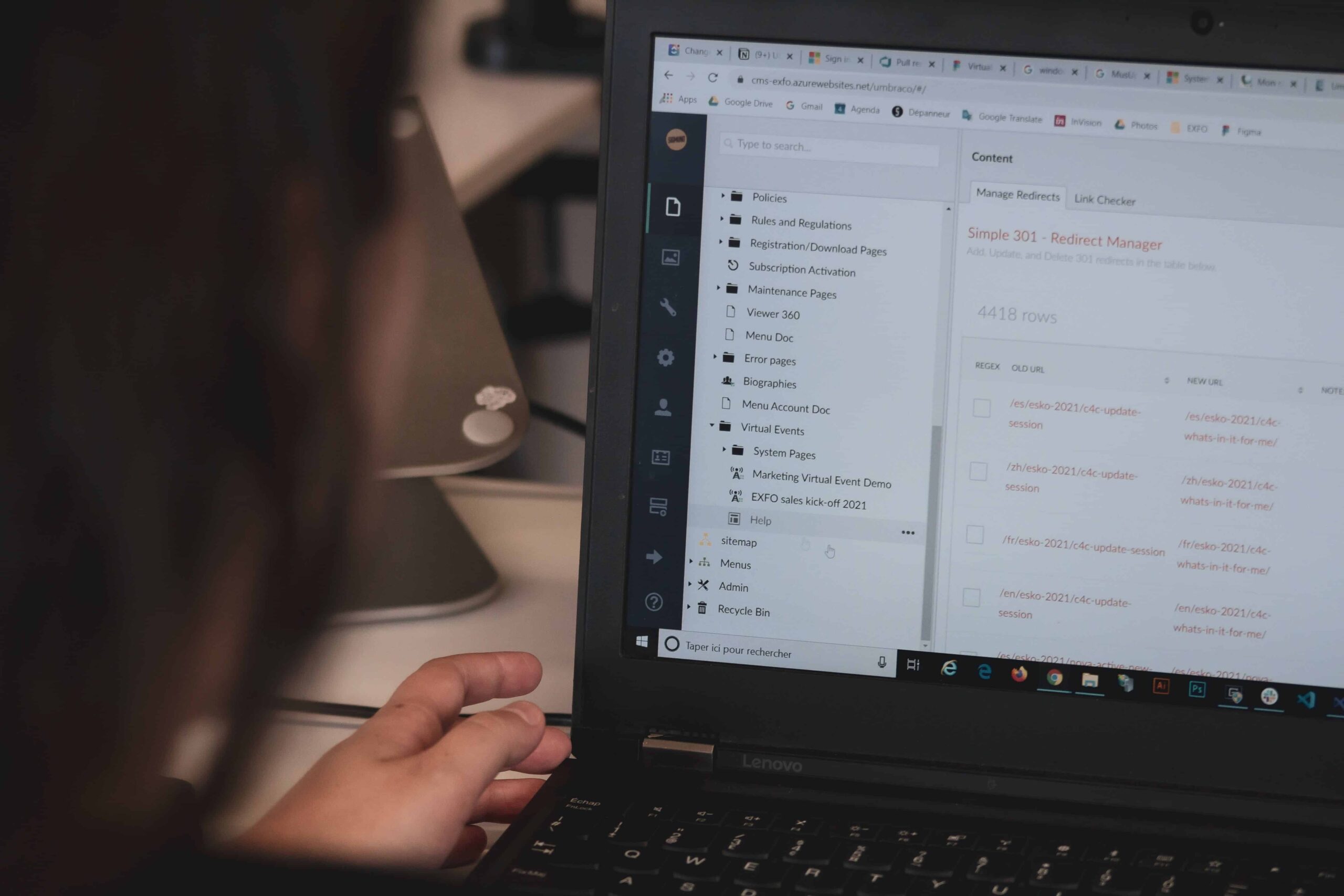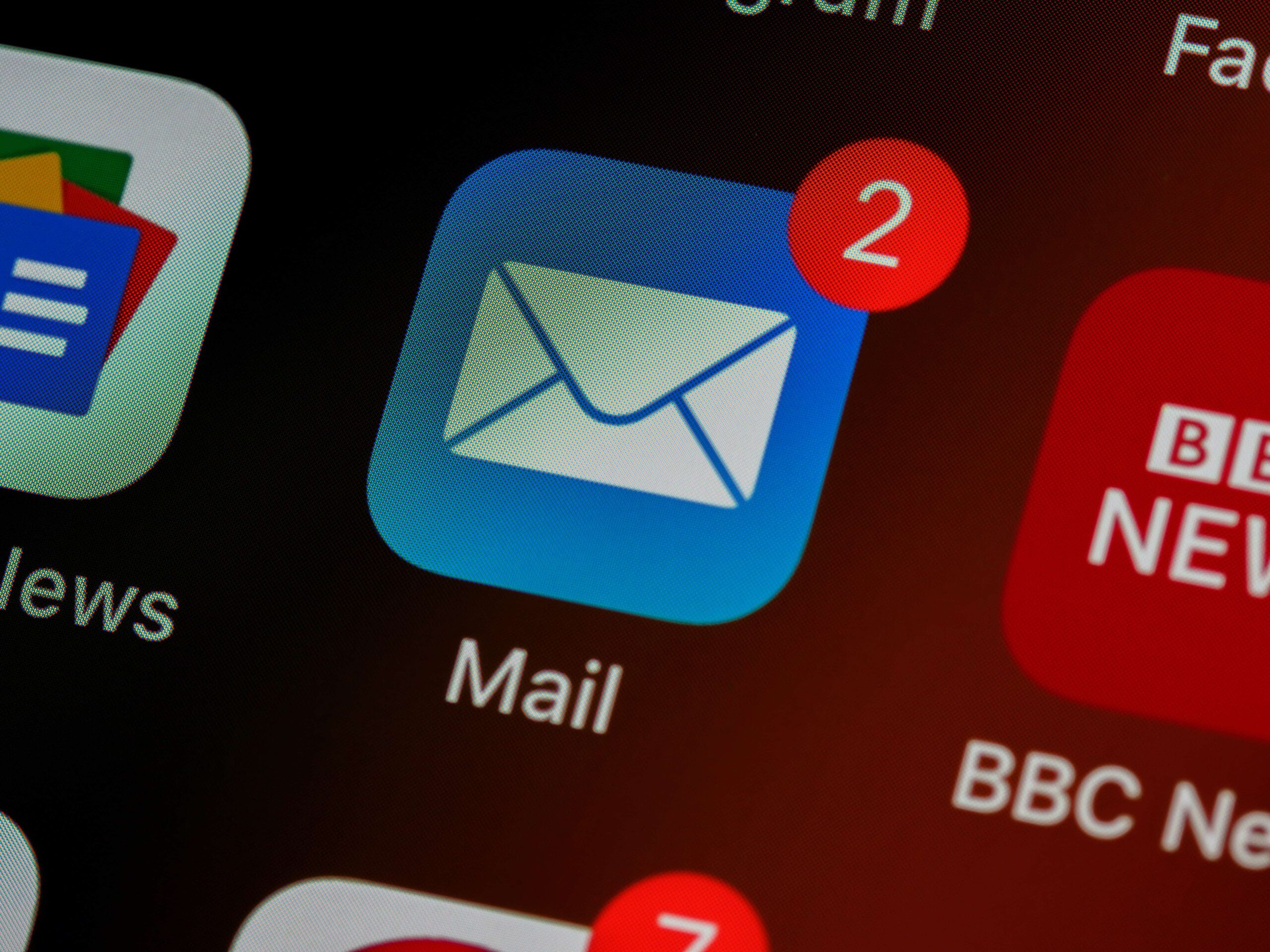Professional communication practices are constantly evolving, changing, and adapting with the times. This has never been quite as evident as it has been over the past couple of years. In early 2020, the COVID-19 pandemic spread across the world seemingly overnight. In response, much of the professional world transitioned to a remote work environment. Now, in the last quarter of 2022, over two years later, the remote work culture has proven itself valid and viable on a multitude of levels. Firstly, employers are seeing the benefits of more engaged employees who are achieving higher levels of productivity during working hours. On the employee side of things, individuals are finding it much easier to establish and maintain a healthy work-life-balance that allows them to be engaged in their career while also having time for other hobbies, interests, and social circles in addition to having time left over for their family.
With all of this, communication and professional communication practices have once again had to adapt to a new professional standard. Not only that, but with such a high population of remote workers in the economy, communication in general is becoming a major priority for modern companies who want to stay relevant and competitive. One of the staple communication mediums that professionals rely on is email.
The following tips will help you craft a professional and friendly email that effectively communicates your message and helps nurture your professional relationships.
Regardless of where you are in your career, using best practices for email etiquette allows you to communicate clearly and make a positive impression on potential employers, business contacts and customers.
Jennifer Herrity, Career Coach, Indeed
1. Start out With a Greeting
This may sound rather obvious, but if you want your email to sound friendly, and like a human wrote it, you’re going to want to start out with a greeting. You can simply say hello followed by the name of the recipient, or you can rely on several other standard email-greetings that are professional and cookie-cutter. While standard greetings are fine, they aren’t very personable or specifically friendly. You can always put your own personal spin or twist on the greeting at the top of the email in order to make it sound a little more like you.
Try not to get stale with your email greetings, especially if you’re sending out a lot of emails daily. Plus, it makes the conversation more lively and human; it’s somewhat less robotic and automated.
Chris Gadek, Head of Growth, AdQuick
You can also take in the season, the time of the week, or other relevant events that may be happening. For instance, if it’s late on a Thursday afternoon when you’re sending out the email you could start with something like “Hello, and happy almost-Friday!” This not only reiterates the time that the email was sent, but is also a good way to put people in a positive mood at the top of your email. Other seasonal events can work too. For instance, since it is October after all, Halloween is right around the corner!
With Halloween on a Monday this year, you could begin your Monday morning emails with a happy Halloween and any other flair or flavor you want to add. The greeting will set the tone for the entire email, though, and can dictate how it’s received.
Do your best to find a little something to relate your email to at the top, whether it’s a holiday coming up or a long weekend that just occurred. Something to set a more positive and friendly tone right from the start.
Steven Vigilante, Head of New Business Development, OLIPOP
2. Be Personal in the Copy
Another good tip to writing emails that are both friendly and professional is to be personal in the copy when the opportunity presents itself and when it makes sense. There are several ways that you can be personal in writing an email to a colleague. For instance, addressing them by name throughout the email can be a sign of respect.
Additionally, if there are any personal events that have come up recently, you can mention those in the copy as well. For instance, perhaps your colleague just had a vacation or has one coming up. You can mention how good it is to have them back, or something positive about their upcoming trip. Any rapport like this can be a good way to foster internal personal relationships.
There’s a little bit of an art to writing a well-crafted email that’s both personal and professional. Those who do it well, though, have a very valuable skill.
Ian Heyman, Founder, Male Drip Protection
Being personal in the copy communicates that this isn’t simply a transactional interaction for you. Rather, it shows a certain level of familiarity between yourself and the recipient. This is important in creating a positive workplace culture in which interpersonal relationships thrive.
It makes a huge difference when you read an email and you can feel the person’s personality on the other side of the screen. It’s an instant reminder that an actual human wrote it. If you miss that personal aspect in your email copy, you have a good chance of being filed as junk mail.
John Berry, CEO and Managing Partner, Berry Law

3. State the Message Clearly
When composing a professional email, it’s still crucial to effectively communicate the core message at hand. No matter how personal you are in the copy of the email, you don’t want to waste anyone’s time, or end up needing to conduct a major re-clarification. If you can be concise in the actual message, communication, or directive of the email, that will help recipients execute any action items or more easily absorb the information being delivered.
If an email is super friendly, but I don’t know why it was sent to me by the time I’ve finished reading it, that makes it a wasted email. At least in a professional context, it’s still pertinent to get to the point, but you can be friendly while being concise!
Kirin Sinha, CEO, Illumix
Being clear in your communication, no matter if it’s for instructions, general information, or anything else, will help keep your email on track. Not only that, but recipients won’t have to spend additional time asking you follow up questions or for further clarification. By avoiding tangents, the inclusion of unnecessary information, and murky or unclear instructions, you can keep your professional emails crisp, clean, and easy to understand for all the recipients at hand while still being your personable and friendly self.
As busy working professionals, it’s helpful when a team is pretty direct in their emails and correspondence. Most people don’t have a lot of extra time to dig for meaning.
Chris Bridges, CEO, VITAL Card
4. Keep Things Concise
In the same vein as keeping the messaging and communications as clear and understandable as possible, it can also be a good practice to get into to keep professional emails concise. This is especially the case if the email is just a simple update or informational email that doesn’t require a lot of additional information or context. You can still include a greeting and make sure your tone comes across as positive and productive, but if you’re able to get straight to the point, that can often be appreciated.
Try to be as concise as possible in your emails. We all have a lot on our plates, so keep internal emails to a minimum. It’s sometimes easier to just ping someone through Slack.
Neel Shah, Founder, EZ Newswire
By keeping things concise in your messaging you can also avoid unnecessary miscommunications between recipients that can cause additional issues, work-delays, and other workflow problems.
Miscommunications can be really difficult to work around, so the better we get at minimizing them, the smoother our entire operations will be; this is where being concise in an email can be helpful. Being concise is different than being abrasive, though.
Brittany Dolin, Co-Founder, Pocketbook Agency
5. Wrap up With a Note and a Send-Off
Finally, after starting with a personalized or standard greeting, making sure to be personal throughout the body and copy of the email, and also keeping things concise, it’s time to finish up your email with a little note and a send-off. This is similar to the greeting, and again, can be as customized and personal as you’d like.
The last paragraph of an email is typically where I’ll bring it back to a personal note and check-in with my recipient. It’s also where I like to remind them to ask me for clarification or come to me with any questions they may have.
Ryan Rottman, Co-Founder and CEO, OSDB Sports
Again, you can pull weekly or seasonal events into the wrap up, and this gives you one more chance to connect with your recipient on a more personal level.
I think making sure to sign off your emails with a little positive note is super important. It just evens out the tone of the whole communication and can go a long way in nurturing those interpersonal relationships.
George Fraguio, Vice President of Bridge Lending, Vaster Capital
A Few Final Thoughts
Communication is one of the most important aspects in running a business successfully in the modern day and age. Knowing how to send a personalized and professional email is crucial to individual success in the modern day.
Effective communication in the workplace can have a significant impact on nearly every aspect of a company’s productivity and success. Understanding communication barriers and strategies to overcome them can help you be a more effective employee.
Jennifer Herrity, Career Coach, Indeed

